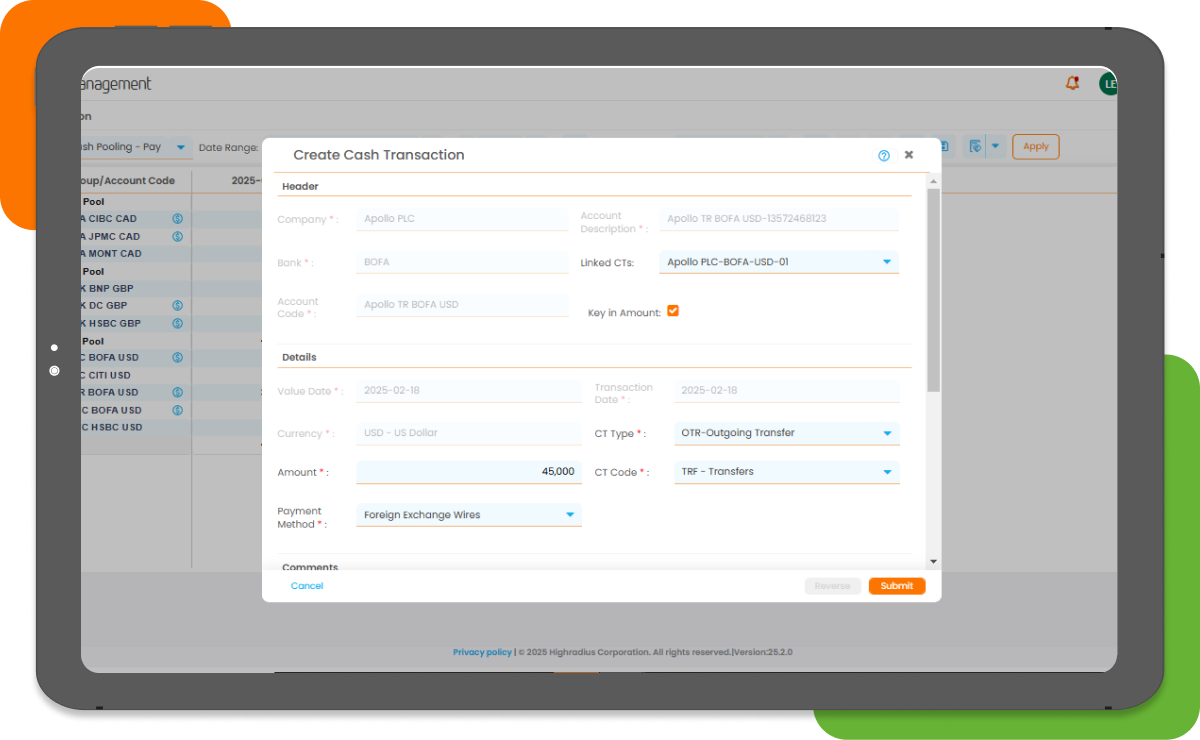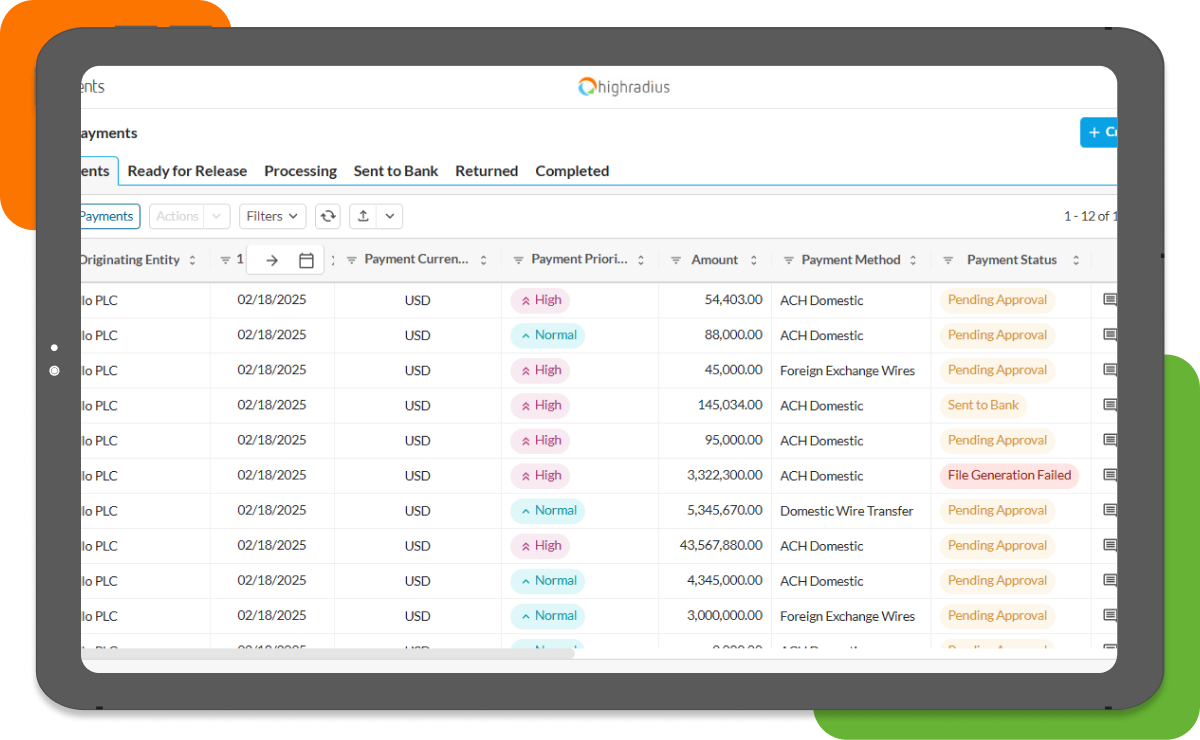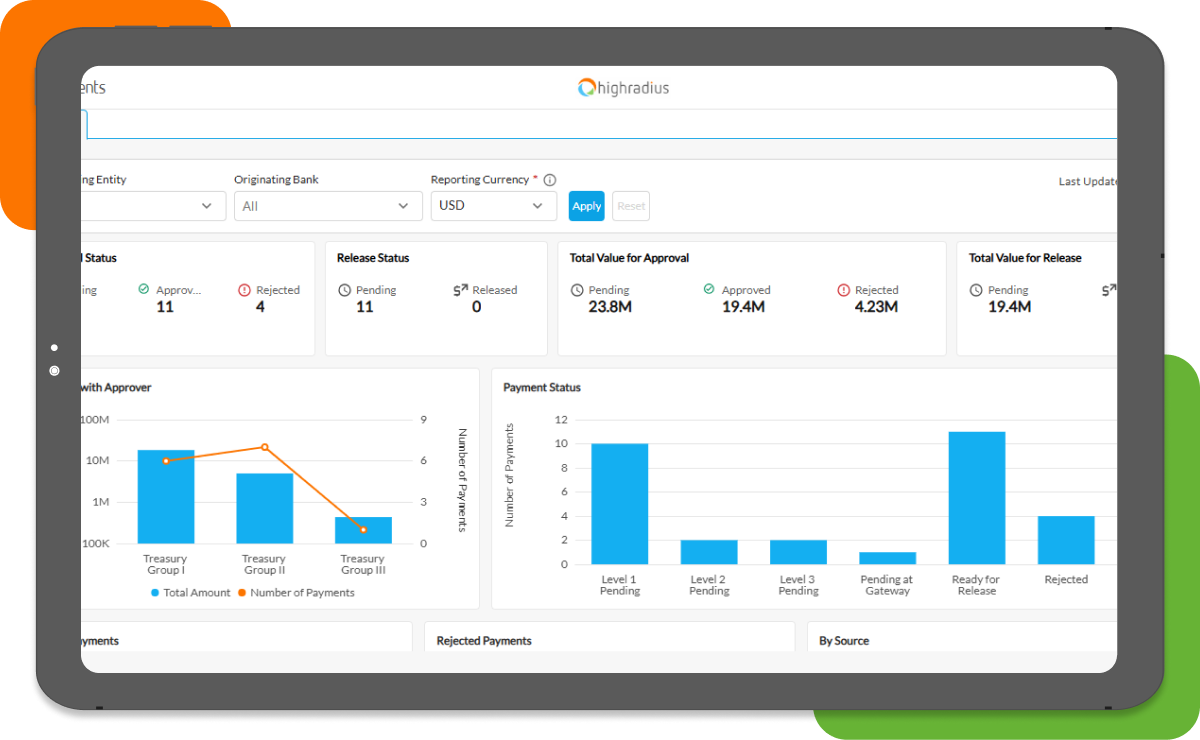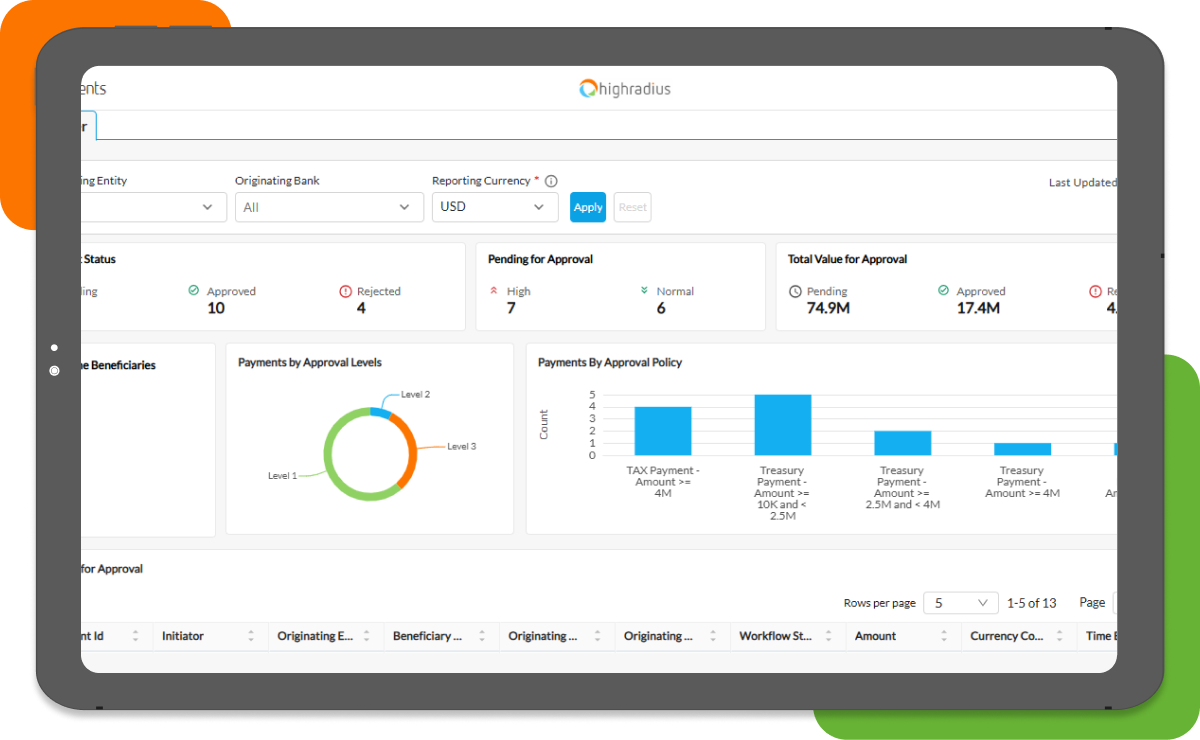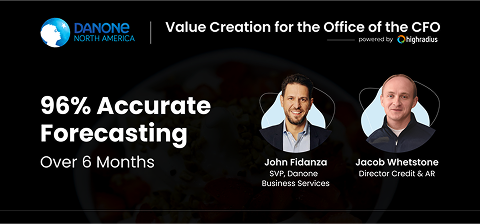How Automated Payment Factory Software Transforms Treasury Workflows
Switching to automated payment factory solutions eliminates the inefficiencies of manual payment processes and empowers treasury teams to operate at peak efficiency. By automating workflows for multi-company, multi-currency, and ad-hoc payments, it accelerates payment execution, reduces manual workloads, and ensures error-free transactions.
With payment factory automation, treasury teams can effortlessly process large payment volumes, using pre-approved templates for recurring payments, automated FX payment workflows, and real-time integration with ERP and cash management systems. This eliminates the need for repetitive manual tasks such as data entry, reconciliation, and compliance checks, freeing up valuable time and resources.
The software also provides real-time visibility into payment statuses and bottlenecks through intuitive dashboards, enabling treasury teams to make informed decisions faster. Enhanced accuracy and robust security features ensure every transaction is processed correctly, reducing the risk of errors, fraud, and regulatory non-compliance.
By automating payment workflows, businesses can improve productivity, lower transaction costs, and create a more streamlined and efficient treasury operation. Payment factory automation allows organizations to scale their treasury functions seamlessly, enabling teams to focus on strategic initiatives and drive business growth.



